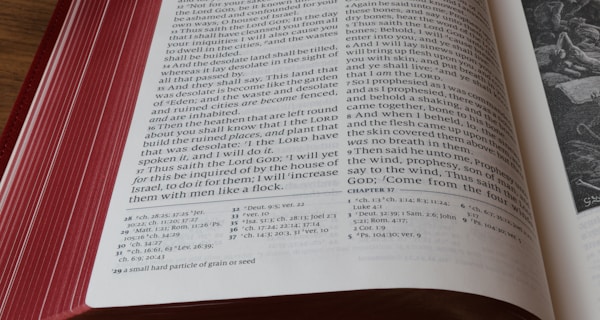Citationsy and Dyslexia

A common learning difficulty that is very seldomly spoken about is dyslexia. According to the NHS, the National Health Service in the United Kingdom, 1 in every 10 people in the UK has some degree of dyslexia. In the United States, according to Learning Disabilities Online, 5 to 15 percent of Americans – 14.5 to 43.5 million children and adults – have it too.
What is Dyslexia?
Dyslexia is a learning difficulty that affects the skills involved in reading and spelling. Dyslexia is not connected to intellectual ability and is best thought of as a continuum, not a distinct category, and there are no clear cut-off points.
The International Dyslexia Association states: “Perhaps as many as 15–20% of the population as a whole—have some of the symptoms of dyslexia, including slow or inaccurate reading, poor spelling, poor writing, or mixing up similar words.”
This means that there are at least over 1 billion people in the world who have a difficulty to read, write, and spell, no matter how hard the person tries or how intelligent he or she is. One Billion people!
What are we doing to help?
Since we started Citationsy over 2 years ago, we have made it easier for people with dyslexia to use our citation tool by adding an option in the settings screen to switch the typeface used in our app to a typeface constructed to make it easier for people with dyslexia to distinguish letters from each other.
OpenDyslexic is created to help with some of the symptoms of dyslexia. Letters have heavy weighted bottoms to indicate direction. You are able to quickly figure out which part of the letter is down which aids in recognizing the correct letter, and sometimes helps to keep your brain from rotating them around. Consistently weighted bottoms can also help reinforce the line of text. The unique shapes of each letter can help prevent confusion through flipping and swapping.
While there is no definitive proof on whether using such a font helps people read, there is definitely no harm in adding the option. We have heard from several users that they prefer this typeface, but we’re always looking for more feedback.
If you’d like to reach out to us, feel free to email me at: jgross@citationsy.com
For further reading, sources, and information, please visit:
https://citat.io/dyslexia
Bibliography
to evaluate the utility of verbal fluency as a dimension on which to
classify children with the language problem of dyslexia.







